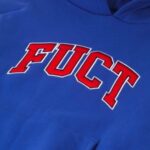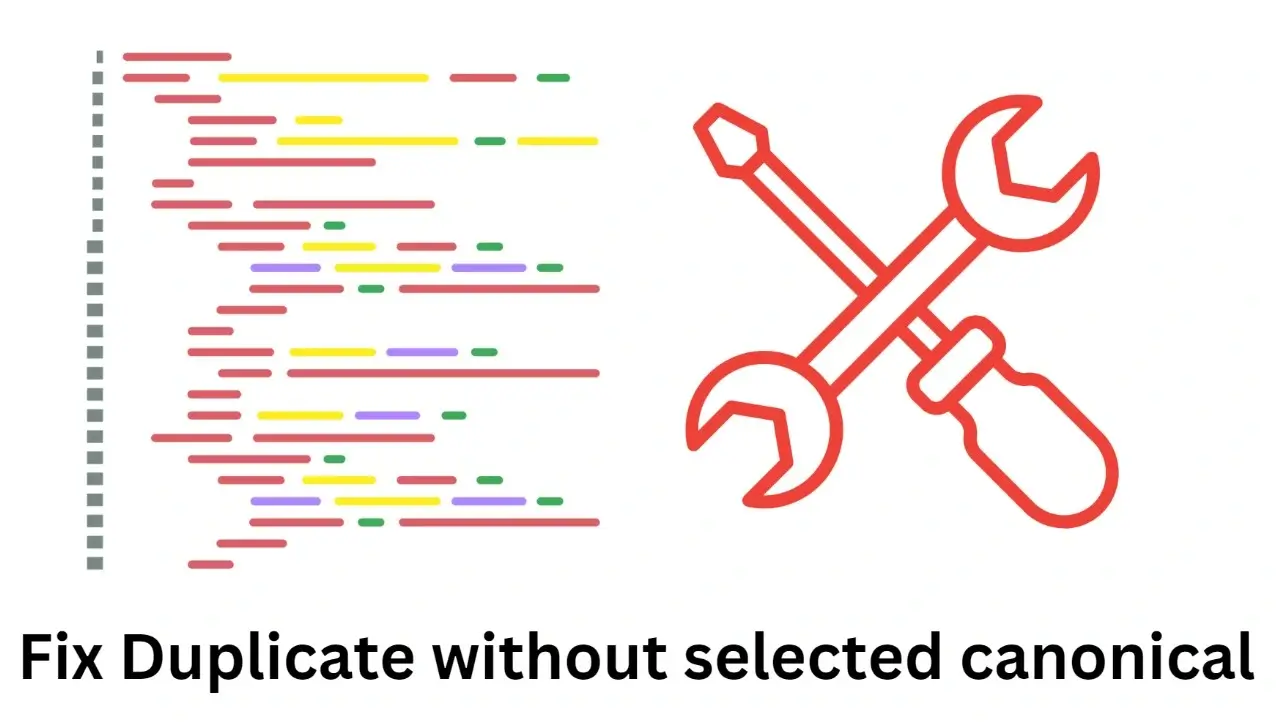Have you ever checked your website’s well-being in Google Search Console and faced the “never imagined to happen” thing- duplicate without user-selected canonical? But, don’t panic! This issue can potentially impact your website’s search engine optimisation (SEO) but has straightforward solutions.
Let’s get to know what “duplicate without user-selected canonical” means and how to fix it in just 5 easy steps!
Understanding the Problem
Search engines like Google prioritize content that’s unique and provides value for indexing. But, sometimes there are some duplicate versions of the same content on your website through slightly different URLs. This often confuses search engines as well as the users to decide which one is real.
A “canonical URL” is a tag or a way to give signals to the search engine that this content or URL is the original version and should be prioritized. When Google comes across a similar situation where there are two slightly different URLs leading to the same webpage, it gets confused.
This might force it to exclude one or both of the versions from the SERPs. This can affect your website’s visibility negatively.
Fixing the Issue in 5 Steps
- Identify Duplicate Pages
The very first step is to find out the duplicate pages that are causing the issue. Use Google Search Console for this. Go to the “Coverage” section under the “Index” tab. Find the “Not indexed” report and filter it by “Duplicate without user-selected canonical.” This report will give you a list of all the affected URLs.
- Categorize Duplicates
Remember, not all duplicates are equal. Some of the common reasons for duplicate content include:
- Paginated content: This happens when a long piece of content is split into two by you and posted on different pages. This is the result of your own actions.
- Dynamic URLs: When there are sorting options available on a page or, for a page, slightly different URLs might get created.
Finding and understanding different kinds of duplicates helps you in choosing the best way to fix them.
- Fix Based on Category
Looking for solutions for each kind of duplicate? Here they are –
- Paginated content: Some link tags are inserted in the page to help the search engine understand the paginated pages. The links include
- rel=”next”
- rel=”prev”
This helps search engines understand the structure of the content and avoid considering the pages as duplicates.
- Dynamic URLs: To block The URLs from creating any useless duplicates, use robots.txt. This prevents the search engines from crawling and indexing the duplicates.
- Implement Canonical URLs (Optional)
To tell the search engine which version is the original version, put a canonical tag. It helps search engines not get confused as well as boosts your website’s visibility.
Simply, open the HTML code of your website management tool or text editor and click on the <HEAD> section of the HTML code.
Here, you’ll be able to insert the canonical tag for your page. The code you’ll use is- <link rel=”canonical” href=https://www.example.com/original-page”>
Enter the URL of the original web page in the place of the one that was used as an example.
- Verify and Monitor:
After you’ve fixed all the issues, it’s important to be sure of and monitor your progress. Use the “Coverage” report in Google Search Console to track the affected URLs. It might take some time for Google to get to see the new version of the pages on your website and update its index.
To be aware of any duplicate issues that might occur in future, regularly review your website. This active approach can prevent the search engine and the duplicates from impacting your SEO performance in the future.By following all these steps, you can easily address the “duplicate without user-selected canonical meaning” error and ensure that Google is indexing the most relevant versions of your website’s content, eventually improving your search engine visibility.
Stay tuned for more news and updates on Frolic Beverages!











